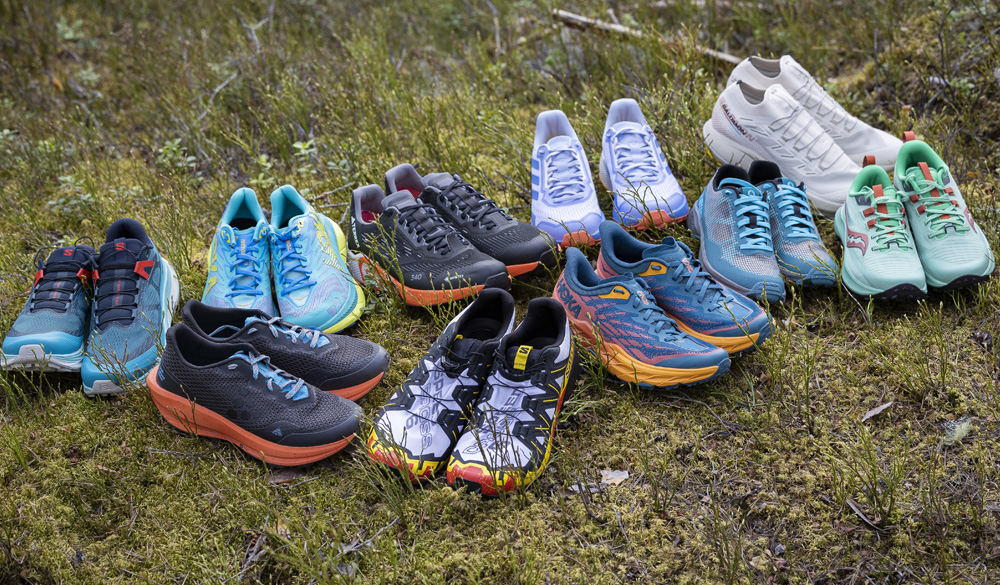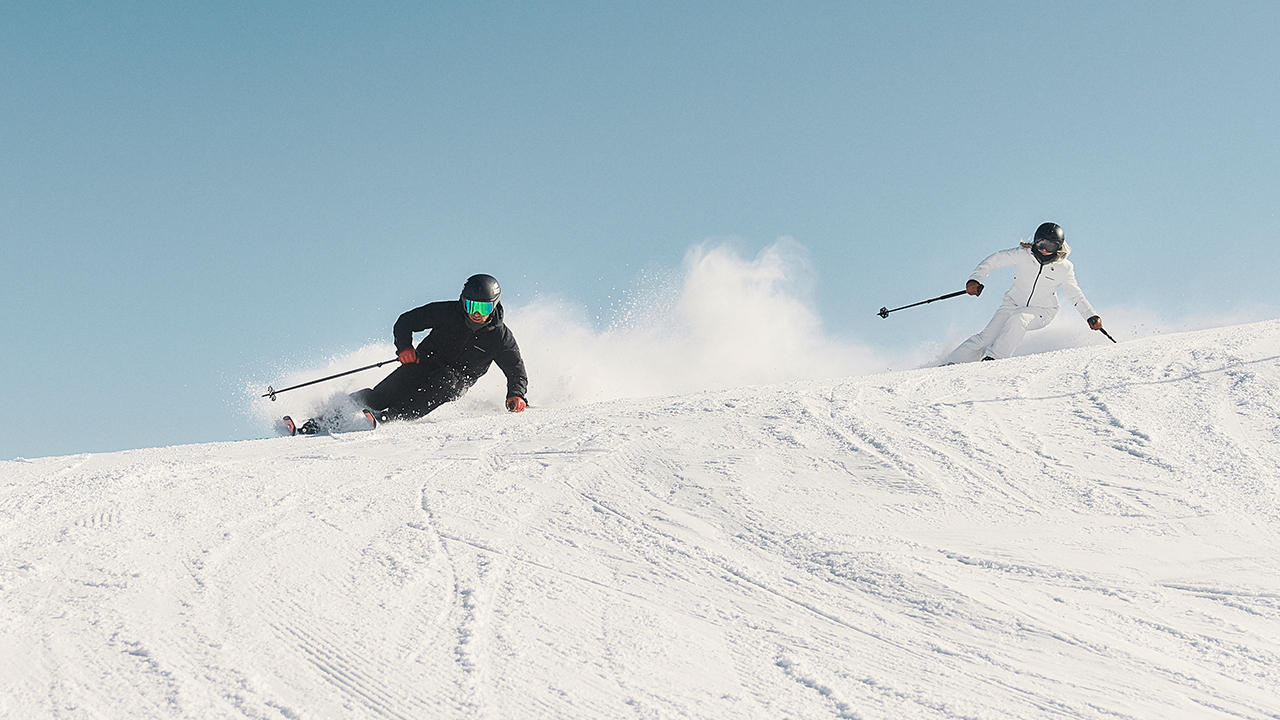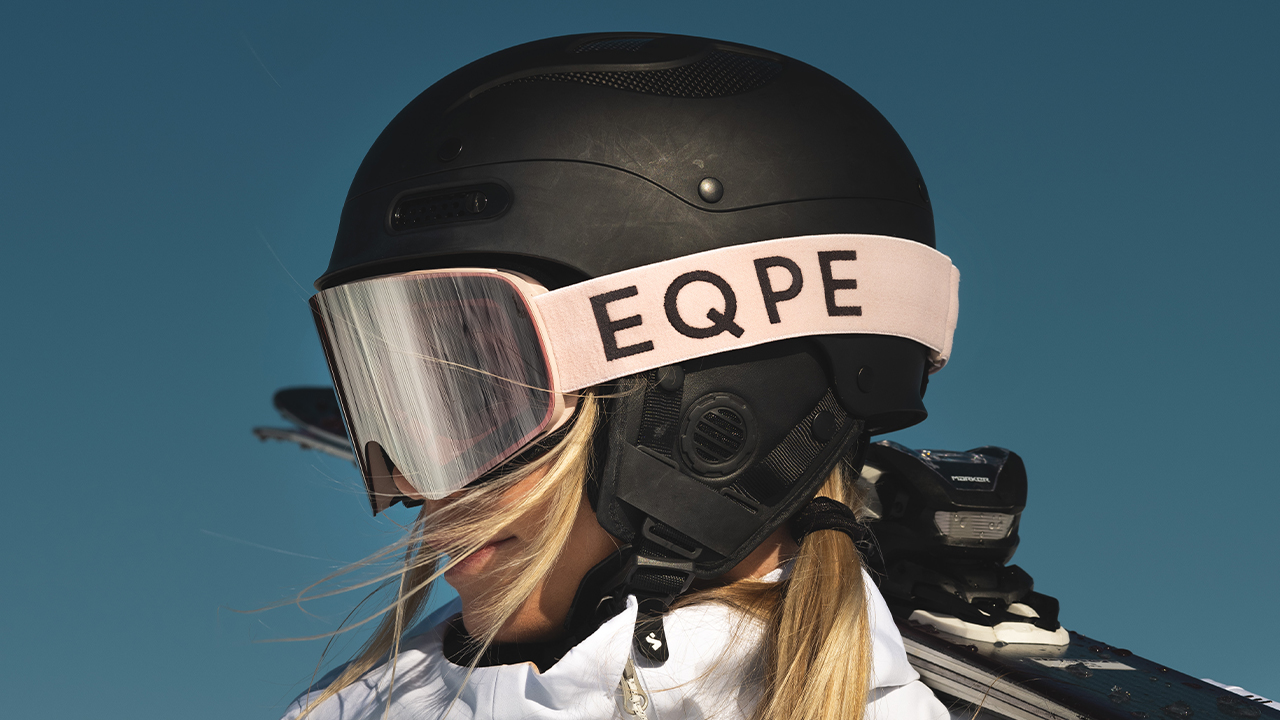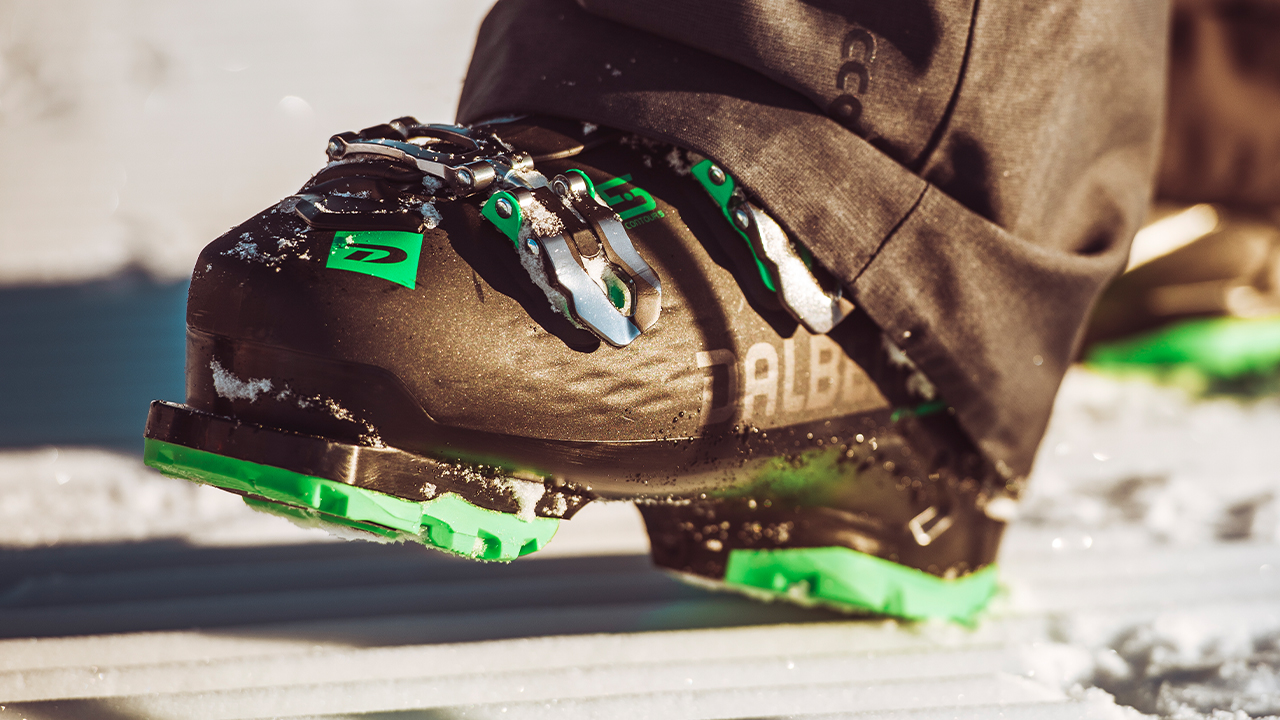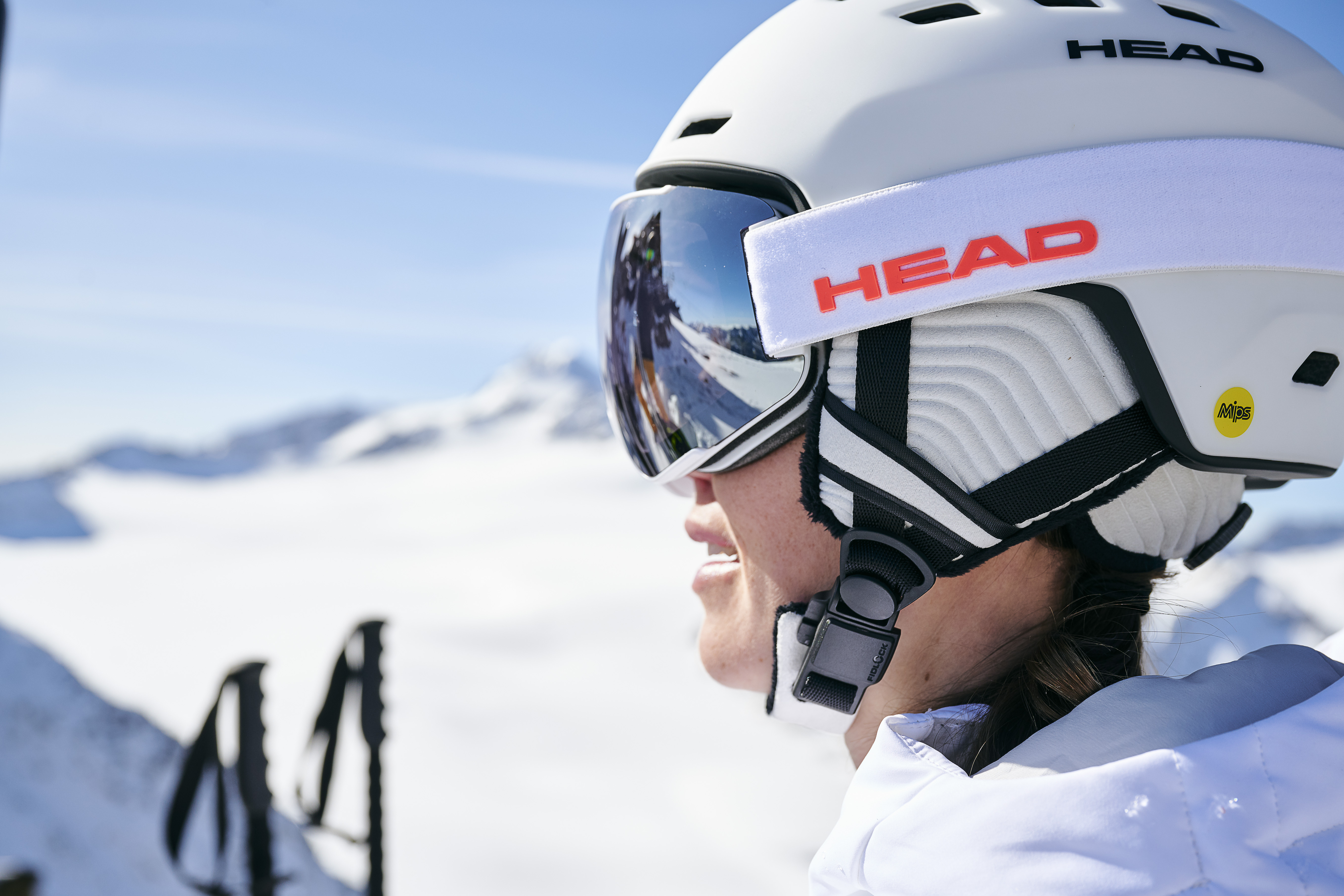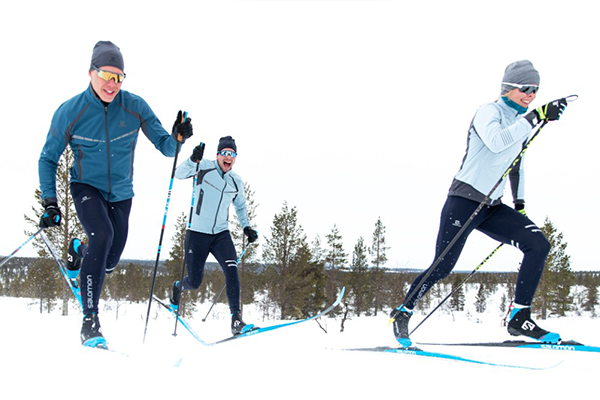Snowboard boots
Boots for a snowboarder are just as important as ski boots for a skier. In order to get as much as possible out of your time on the mountain, it is vital that you have well-fitting boots, which suit your style and ability.
If you spend most of your time in the park then a pair of boots with a slightly softer flex and good cushioning are preferable since they allow good mobility when you are doing tricks on rails and boxes, as well as performing different board grabs in jumps. The following is a general rule: the larger the jump, the more rigid the boots. If you stick to the pistes or pump loose snow, then you are better off with a somewhat harder flex which transfers more power to the board.
Boot sizes are calculated in the same way as shoes, both in American and European sizes. Sizes can also be stated in mondopoint, which is the equivalent of centimetres. You can often choose boots based on your usual shoe size, but certain brands can have slightly small sizes whilst others tend to be slightly large. The best way to find the perfect boot is to therefore try it on with the right sock in the shop and, choose the size where your toes reach the end of the boot without feeling squashed. The boots will feel quite stiff in the shop and it may be hard to pull the laces tight, but they will shape themselves and stretch out over time. Choose therefore the size that feels slightly too tight rather than the size which is a touch too big.
Another detail which may differ between the different manufacturers and models is the laces. Traditional lacing can still be found but is being increasingly replaced by speedlacing. It makes no difference which method you choose as far as functionality is concerned. The advantage of speedlacing is that it takes a little less time to get your boots on and off and that it may be easier to gain an even pressure over the whole foot.
Snowboard
In the same way as skis, snowboards are divided into different categories, which include everything from playful park boards to torsionally rigid all-mountain boards. Every model has different qualities that best suit its purpose, which means you need to think about where on the mountain the board will be used. Park, piste or off-piste?
Park boards are generally very playful and often have quite a soft flex. Certain models made for the really big jumps can however have an extremely hard flex. Most park models have a twin-tip construction, which means that the bindings are mounted on the centre of the board and are symmetrical to the nose and tail. This makes it is as natural as possible to ride the board in both directions. In terms of how long a snowboard that is only going to be used in the park should be, it is most common to choose a board that is 15–25 cm shorter than your own height so that it is easy to handle and smooth. If you choose a board that is too short or too soft, the risk is that you loose stability at high speed and when landing. This is less important if you are mostly on rails and boxes and not performing bigger jumps. In this case you can choose a board that is both short and soft.
All-mountain boards come in different hardnesses for different types of riders and objectives, but what they all have in common is that they are rear mounted to varying degrees, known as setback, which gives a longer nose and shorter tail. This allows both improved turning quality and float in loose snow. If you think it’s more fun to play your way over the whole mountain rather than pushing your speed up to its limits then a somewhat softer and more cutting board is preferable. If you prefer speed and large turns on the piste without having to worry about the ground surface, then you should choose a slightly longer snowboard with greater rigidity. All-mountain boards are more torsionally rigid than park boards in order to be better able to handle cutting turns on a hard surface. The length of an all-mountain board should be approx. 15–20 cm shorter than your own height.
Other factors that differentiate boards are cutting and profile, which have great impact on the board’s properties. The majority of manufacturers have named their different profiles, but generally speaking they are very similar to each other. The three most important profiles on the market today are camber, rocker and a hybrid of them both.
Camber is the traditional ski and snowboard construction. Here the nose and tail touch the ground and the board arches, i.e., the centre of the board lies slightly above the ground when there is no weight on it. This gives good edge grip on a hard surface and stability at high speed.
A rocker is a modern construction, and simply speaking is the opposite of the traditional camber. It is flat at the centre of the snowboard and elevates evenly at both the nose and tail. This produces an easy-to-turn board which is ideal for beginners, since it is easy to move from edge to edge. The construction also has many appealing properties in loose snow, and has therefore become a favourite amongst many freeriders.
A hybrid is a combination of rocker and camber where the advantages of both constructions have been put to good use. Many varieties are available, for example there may be a rocker construction in the centre of the board and an arch under the feet, and then back to rocker in the nose and tail. This produces a cutting, playful board which also has good edge grip. Burton calls its version of the construction Flying V whilst Nitros uses the name Gullwing Rocker.
Snowboard bindings
Bindings complete your equipment. Apart from keeping you firmly on the board, bindings are an important component to help find the right feel when riding your board.
Flex is also central when it comes to choosing a binding. Just like with boots and boards, it is most common to choose a softer flex and good cushioning on the binding if you are mostly riding in the park. If on the other hand you are a powerful rider who enjoys speed both on and off the piste, then you need a more rigid binding which gives stability and speed on the edges. You can also make adjustments to the binding that impact how it responds to your movements, for example, you can set it to forward lean. This means that you angle the binding’s highback more and therefore get a quicker response on the heel edge, which means you can build more power.
Many bindings have different sizes which are adapted to your shoe size. Make sure you choose the right size to ensure optimum performance. Then set the binding so that both your heel and toe overhang the same amount from the edge. If they overhang too much, you risk having toe and heel drag, i.e., getting stuck in the snow if you edge the board too much. If you have really big boots then it makes no difference how well you set your bindings, in this case you may need a wider board which is approx. 0.5–1 centimetre wider at the waist than standard boards of the same length.
When it comes to mounting the majority of bindings fit on the majority of snowboards. Some manufacturers have developed their own mounting systems, including Burton which uses its EST Channel system. Many boards have a marked reference stance, which is a good starting point if you plan to mount your own bindings and are a little unsure. Then you can set them wider apart or tighter together, depending on what you think feels best.
The angles of your bindings are very personal and can differ a great deal from one person to the next, but as a rule the front foot is slightly more angled than the back foot. In general, park riders have quite neutral angles to make it as natural as possible to ride in both directions. 12–18 degrees on the front foot and somewhat less on the back foot is common, but always with a negative angle on the back foot so that the toes point outwards like a duck. If you almost always ride in one direction, you can choose to have a greater angle on the front foot and smaller negative angle on the back foot. This way you get better ride quality when heading in the right direction but also a slightly more awkward feeling when riding switch, i.e., with the wrong foot forwards.
If you are unsure about mounting the binding on your board, you can contact one of our SkiStarshops for more information and tips about angles and breadth of stance.
The text is written together with:
Joakim Hammar,
national team manager, Swedish national snowboard team
